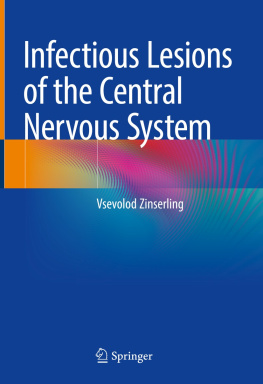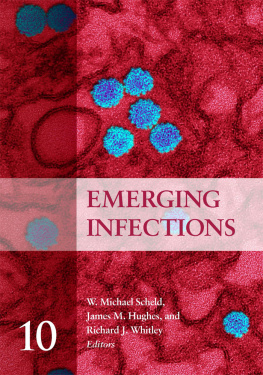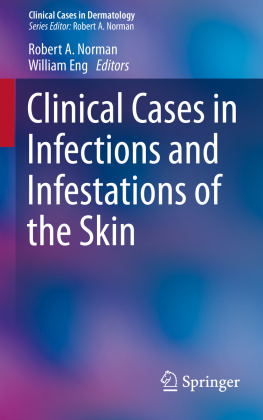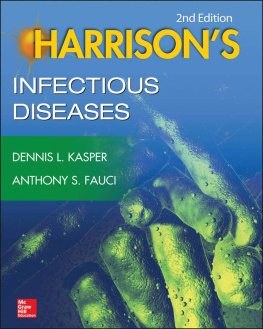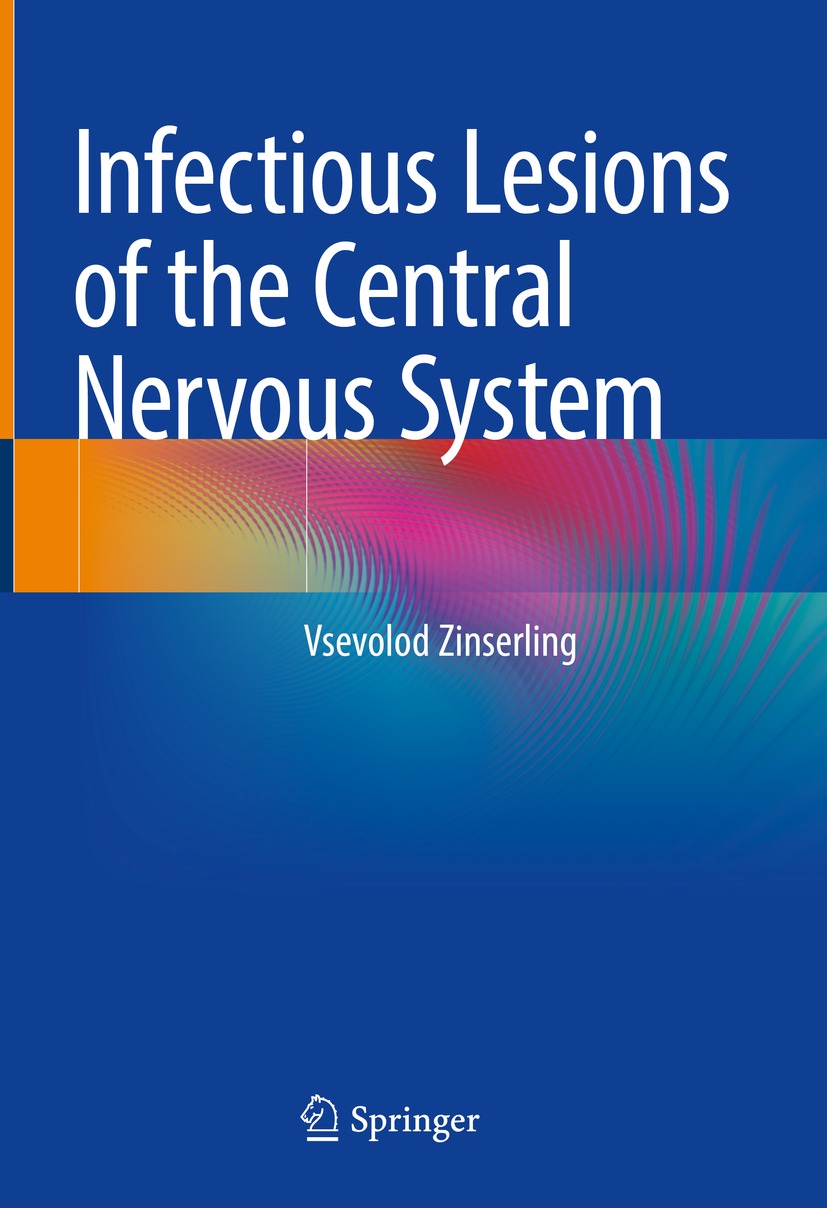Vsevolod Zinserling
Institute of Experimental Medicine, Almazov National Medical Research Center, Saint Petersburg, Russia
ISBN 978-3-030-96259-3 e-ISBN 978-3-030-96260-9
https://doi.org/10.1007/978-3-030-96260-9
The Editor(s) (if applicable) and The Author(s), under exclusive license to Springer Nature Switzerland AG 2022
This work is subject to copyright. All rights are solely and exclusively licensed by the Publisher, whether the whole or part of the material is concerned, specifically the rights of translation, reprinting, reuse of illustrations, recitation, broadcasting, reproduction on microfilms or in any other physical way, and transmission or information storage and retrieval, electronic adaptation, computer software, or by similar or dissimilar methodology now known or hereafter developed.
The use of general descriptive names, registered names, trademarks, service marks, etc. in this publication does not imply, even in the absence of a specific statement, that such names are exempt from the relevant protective laws and regulations and therefore free for general use.
The publisher, the authors and the editors are safe to assume that the advice and information in this book are believed to be true and accurate at the date of publication. Neither the publisher nor the authors or the editors give a warranty, expressed or implied, with respect to the material contained herein or for any errors or omissions that may have been made. The publisher remains neutral with regard to jurisdictional claims in published maps and institutional affiliations.
This Springer imprint is published by the registered company Springer Nature Switzerland AG
The registered company address is: Gewerbestrasse 11, 6330 Cham, Switzerland
Introduction
According to WHO, every year 2 million people suffer from infectious diseases, while 17 million of them die. Currently, infectious diseases are spreading across the planet much faster than before. In addition, since 1970, at least one new infectious disease has been reported every year. A new coronavirus infection turned out to be very significant for the whole world. Among the various clinical, epidemiological, pharmacological, and molecular biological approaches, morphological methods are in the shadow. In the manual Infectious Pathology of the Respiratory Tract, we were able to fill partially this gap, including, along with numerous practical materials, general approaches to the study of infectious pathology that have developed in the Russian scientific school. This book continues the planned series of publications.
The history of the study of neuroinfections can be traced back to the drawings of changes characteristic of polio in ancient Egyptian papyri. However, there are very few modern summarizing works devoted to these issues in the world literature. Especially noticeable is the lack of research on morphological aspects. Studies concerning the morphology of neuroinfections are very sparsely presented in the periodical literature, Internet resources, and materials of international congresses on pathology, neuropathology, neurology, and infectology.
Many of the current infections can cause brain damage: meningococcal, pneumococcal, Mycobacteria tuberculosis, syphilis, herpes, HIV, covid-19, tick-borne encephalitis, poliomyelitis, and some other diseases with well-studied etiology and clinical and morphological changes. Nevertheless, complete statistical data related to morbidity, mortality, and lethality due to brain lesions in them is absent and many important issues still remain unclear.
At the same time, there are many pathogens, about the diseases by which we do not have any statistical data, nor accurate information about the pathogenesis and structural changes: influenza, intrauterine encephalitis, chlamydiosis, mycoplasmosis, etc. Data on mixed etiology of brain lesions is extremely scarce.
Data on the possible role of biological pathogens for the development of many noninfectious processes have been obtained: schizophrenia, Alzheimer and Parkinson diseases, ischemic insults, autism, migraine, and disorder of consciousness, but the views of the investigators are controversial. We present our own and literary data that infectious factor cannot be ignored.
The fact that the brain is an immunoprivileged site of the body is widely known, but there is evident lack of important details concerning its defense mechanisms, especially of their structural equivalent. Many aspects of relations between pathogen and brain matter, including its maturation, stay undescribed especially in chronic process.
This manual summarizes the long-term clinical, pathological, and experimental observations of the author and his staff, carried out over several decades in Leningrad/Saint-Petersburg, Russia, in the V.A. Almazov Research Center, the S. P. Botkin Clinical Infectious Hospital, Medical Faculty of St. Petersburg University Pediatric Medical Institute/Academy/University at the Department of Pathological Anatomy, Research Institute of Children's Infections, the Research Institute of Medical Mycology, the Research Institute of Phthisiopulmonology, together with many specialists of various profiles. As coauthors of individual chapters, some specialists who study in-depth certain issues are involved. Thus, Y.R. Zyuzya made an essential contribution in the chapter devoted to tuberculosis and syphilis (Chaps. (Some Noncommunicable Diseases of the Central Nervous System with a Possible Infectious Etiology) was written with efficient collaboration of V.A. Orlova, I.I. Mikhailova, A.A. Garbuzov, D.A. Khavkina, P.V. Chukhliaev, T.A. Ruzhentsova I. L. Naidenova, A. B. Danilov, A.V. Simonova, E. G. Filatova, I. A. Pavlovsky, O. V. Bystrova, A.M. Zatevalov, S.L. Bezrodny, and T.Sh. Sadekov.
The author is also grateful to his colleagues (N.A. Lugovskaya, A.N. Isakov, and V.E. Karev) who provided a number of illustrations from their observations. We also set ourselves the task of providing fairly complete information on the issues under consideration from the modern literature.
Clinical experience confirms the old aphorism "Qui bene diagnoscit, bene curat" (who diagnoses well, treats well); we considered it right to dwell in detail on the issues of etiology, pathogenesis, and clinical, laboratory, and morphological diagnostics.
We hope that the data provided in the manual will be of interest to doctors of various specialties: neurologists, neuropathologists, infectious diseases specialists, internists, pediatricians, psychiatrists, radiologists, pathologists, and forensic medical experts, including those working in nonspecialized institutions. We look forward to all constructive suggestions and critical comments.

